-
 Bitcoin
Bitcoin $114400
0.68% -
 Ethereum
Ethereum $3550
2.48% -
 XRP
XRP $3.001
4.99% -
 Tether USDt
Tether USDt $0.9999
0.01% -
 BNB
BNB $757.6
1.46% -
 Solana
Solana $162.9
1.07% -
 USDC
USDC $0.9998
0.00% -
 TRON
TRON $0.3294
0.91% -
 Dogecoin
Dogecoin $0.2015
2.46% -
 Cardano
Cardano $0.7379
2.01% -
 Stellar
Stellar $0.4141
8.83% -
 Hyperliquid
Hyperliquid $37.83
-1.91% -
 Sui
Sui $3.454
0.76% -
 Chainlink
Chainlink $16.62
3.53% -
 Bitcoin Cash
Bitcoin Cash $554.6
2.84% -
 Hedera
Hedera $0.2486
3.91% -
 Ethena USDe
Ethena USDe $1.001
0.00% -
 Avalanche
Avalanche $21.95
3.34% -
 Toncoin
Toncoin $3.563
-2.85% -
 Litecoin
Litecoin $112.7
2.65% -
 UNUS SED LEO
UNUS SED LEO $8.977
0.13% -
 Shiba Inu
Shiba Inu $0.00001232
1.85% -
 Uniswap
Uniswap $9.319
2.93% -
 Polkadot
Polkadot $3.632
1.38% -
 Monero
Monero $307.2
2.36% -
 Dai
Dai $0.9997
-0.03% -
 Bitget Token
Bitget Token $4.340
0.91% -
 Pepe
Pepe $0.00001048
1.07% -
 Cronos
Cronos $0.1348
3.26% -
 Aave
Aave $261.5
1.93%
How does NFT Environmental Sustainability reduce the energy consumption of NFTs?
NFTs' high energy consumption, largely due to Proof-of-Work blockchains, is being tackled through Proof-of-Stake, layer-2 scaling, renewable energy, carbon offsetting, and the development of eco-friendly blockchain technologies.
Mar 02, 2025 at 08:54 pm
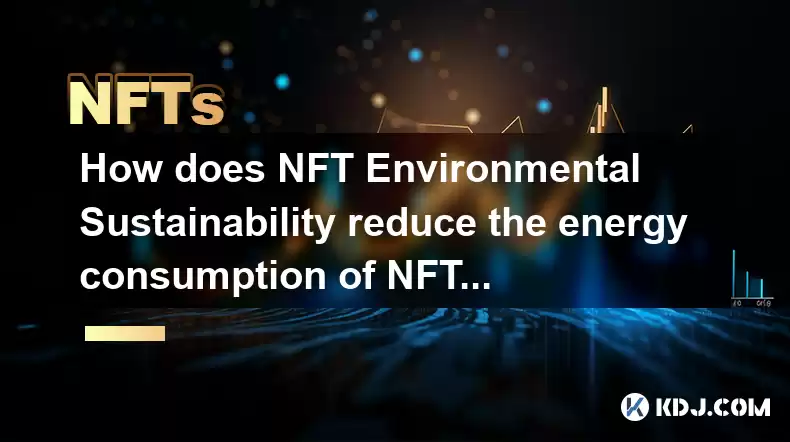
Key Points:
- Exploring the environmental impact of NFTs and the reasons for high energy consumption.
- Examining various methods for reducing NFT energy consumption, including Proof-of-Stake consensus mechanisms and layer-2 scaling solutions.
- Discussing the role of carbon offsetting and renewable energy in mitigating the environmental footprint of NFTs.
- Investigating the development of more environmentally friendly blockchain technologies and their impact on NFT creation and trading.
- Highlighting initiatives and projects aimed at promoting sustainable NFT practices.
How Does NFT Environmental Sustainability Reduce the Energy Consumption of NFTs?
The burgeoning NFT market has faced significant criticism regarding its environmental impact. The energy-intensive nature of some blockchain networks, particularly those using Proof-of-Work (PoW) consensus mechanisms like Bitcoin, contributes significantly to the high carbon footprint associated with NFT minting and trading. This high energy consumption stems from the computational power required to validate transactions and secure the blockchain. Reducing this energy consumption is crucial for the long-term sustainability of the NFT ecosystem.
One key approach to reducing energy consumption is transitioning to more energy-efficient consensus mechanisms. Proof-of-Stake (PoS) networks, unlike PoW, require significantly less energy to validate transactions. PoS systems rely on validators who stake their cryptocurrency to participate in the consensus process, making them far less energy-intensive than PoW. Many newer blockchains are adopting PoS or variations thereof, thereby minimizing their environmental impact.
Layer-2 scaling solutions offer another avenue for reducing energy consumption. These solutions process transactions off the main blockchain, reducing the load on the primary network and consequently lowering energy consumption. Examples include rollups and sidechains, which handle a large volume of transactions before submitting a summarized record to the main blockchain. This significantly improves transaction speed and reduces the energy used per transaction.
The integration of renewable energy sources into the infrastructure powering blockchain networks is also vital. By utilizing renewable energy such as solar and wind power, the carbon footprint associated with NFT creation and trading can be significantly reduced. This shift requires collaboration between blockchain developers, energy providers, and NFT platforms to ensure the widespread adoption of green energy.
Carbon offsetting initiatives represent another approach to mitigating the environmental impact of NFTs. These initiatives involve investing in projects that reduce greenhouse gas emissions elsewhere, effectively neutralizing the carbon footprint of NFT transactions. While not a direct solution to energy consumption, carbon offsetting provides a means to compensate for the environmental impact until more sustainable blockchain technologies become prevalent.
Several projects are actively working towards more environmentally friendly NFT creation and trading. Some are developing entirely new blockchain networks designed with sustainability in mind, incorporating energy-efficient consensus mechanisms and focusing on renewable energy sources. Others are creating tools and platforms that help users track and reduce their carbon footprint associated with NFT transactions. These efforts demonstrate a growing awareness within the NFT community of the importance of environmental sustainability.
The development of new blockchain technologies plays a crucial role in minimizing energy consumption. These advancements focus on creating more efficient consensus mechanisms and reducing the computational requirements for transaction processing. Research into alternative consensus mechanisms, such as delegated proof-of-stake (DPoS) and practical Byzantine fault tolerance (PBFT), is ongoing, with the aim of further reducing energy consumption.
Furthermore, the optimization of smart contracts, which are self-executing contracts with the terms of the agreement between buyer and seller being directly written into lines of code, can lead to significant energy savings. Efficiently written smart contracts can minimize the computational resources required for their execution, reducing the overall energy consumption of the NFT ecosystem. Education and awareness within the developer community are key to promoting the adoption of these best practices.
Another factor contributing to the environmental impact of NFTs is the energy used for mining, the process of adding new blocks of validated transactions to the blockchain. This process is particularly energy-intensive in PoW systems. The transition to PoS and other energy-efficient consensus mechanisms is crucial in mitigating the energy consumption associated with NFT mining.
The use of more efficient hardware can also contribute to reduced energy consumption. Advances in semiconductor technology and improvements in hardware design are leading to more energy-efficient mining equipment, reducing the overall energy footprint of the process. This is particularly important for projects that are still using PoW consensus mechanisms.
The NFT community is actively exploring various avenues for improving sustainability. This includes initiatives focused on educating users about the environmental impact of their actions, promoting the use of sustainable platforms, and supporting projects that prioritize environmental responsibility. These collaborative efforts are crucial for the long-term health of the NFT ecosystem.
Frequently Asked Questions:
Q: What is the biggest contributor to NFT's environmental impact?
A: The primary contributor is the energy consumption of the blockchain networks used to create and trade NFTs, particularly those employing energy-intensive Proof-of-Work consensus mechanisms.
Q: How can I choose environmentally friendly NFTs?
A: Look for NFTs created on blockchains using Proof-of-Stake or other energy-efficient consensus mechanisms. Also, check if the project has a commitment to sustainability or carbon offsetting initiatives.
Q: Are all NFTs equally harmful to the environment?
A: No. The environmental impact varies significantly depending on the blockchain used, the minting process, and the overall energy efficiency of the network.
Q: What are some examples of sustainable NFT platforms?
A: Several platforms are emerging that prioritize sustainability, often by using energy-efficient blockchains or incorporating carbon offsetting programs. Researching specific projects is recommended to find those with strong environmental commitments.
Q: What role does carbon offsetting play in NFT sustainability?
A: Carbon offsetting aims to compensate for the environmental impact of NFT creation and trading by investing in projects that reduce greenhouse gas emissions elsewhere. It’s a supplementary measure, not a complete solution.
Disclaimer:info@kdj.com
The information provided is not trading advice. kdj.com does not assume any responsibility for any investments made based on the information provided in this article. Cryptocurrencies are highly volatile and it is highly recommended that you invest with caution after thorough research!
If you believe that the content used on this website infringes your copyright, please contact us immediately (info@kdj.com) and we will delete it promptly.
- Cryptocurrency, Altcoins, and Profit Potential: Navigating the Wild West
- 2025-08-04 14:50:11
- Blue Gold & Crypto: Investing Disruption in Precious Metals
- 2025-08-04 14:30:11
- Japan, Metaplanet, and Bitcoin Acquisition: A New Era of Corporate Treasury?
- 2025-08-04 14:30:11
- Coinbase's Buy Rating & Bitcoin's Bold Future: A Canaccord Genuity Perspective
- 2025-08-04 14:50:11
- Coinbase's Buy Rating Maintained by Rosenblatt Securities: A Deep Dive
- 2025-08-04 14:55:11
- Cryptos, Strategic Choices, High Returns: Navigating the Meme Coin Mania
- 2025-08-04 14:55:11
Related knowledge
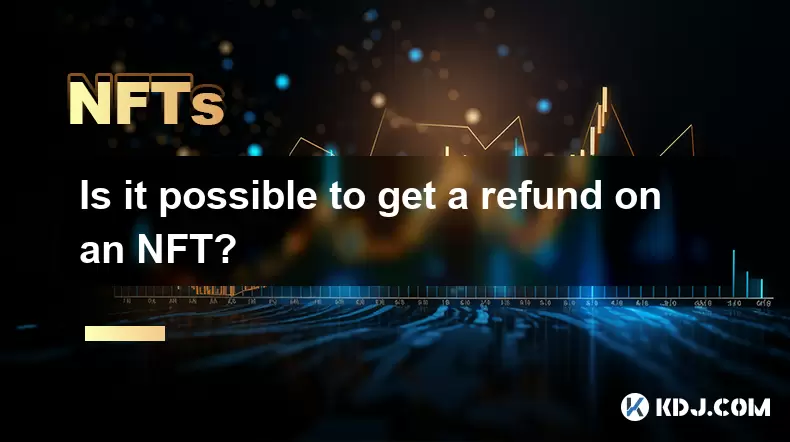
Is it possible to get a refund on an NFT?
Jul 21,2025 at 08:35pm
Understanding NFT Transactions and RefundsWhen you purchase an NFT (Non-Fungible Token), the transaction is typically recorded on a blockchain, making...
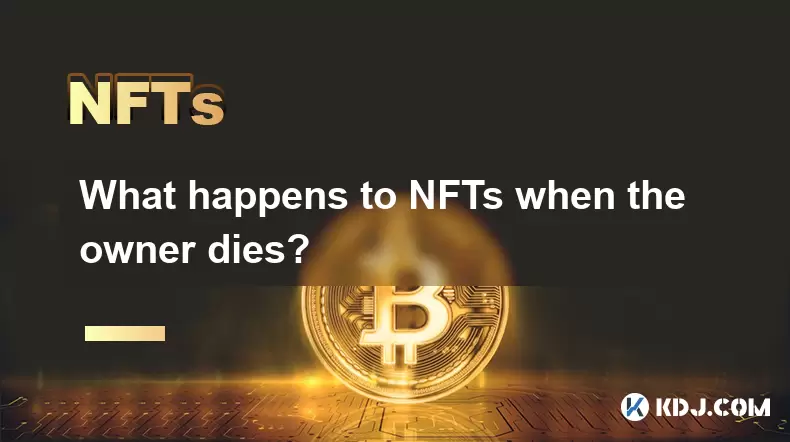
What happens to NFTs when the owner dies?
Jul 22,2025 at 02:43pm
Legal Ownership and Digital AssetsWhen an individual owns NFTs, the question of what happens to these assets upon their death is a pressing one. NFTs ...
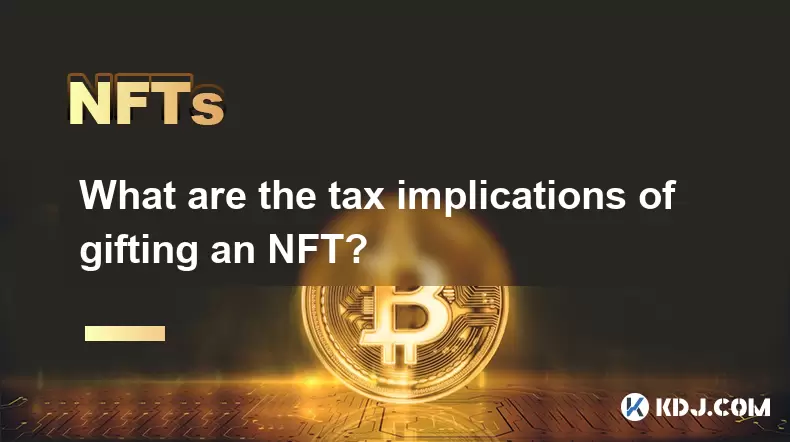
What are the tax implications of gifting an NFT?
Jul 19,2025 at 04:21am
Understanding the Basics of NFT GiftingGifting a Non-Fungible Token (NFT) involves transferring ownership from one individual to another without recei...
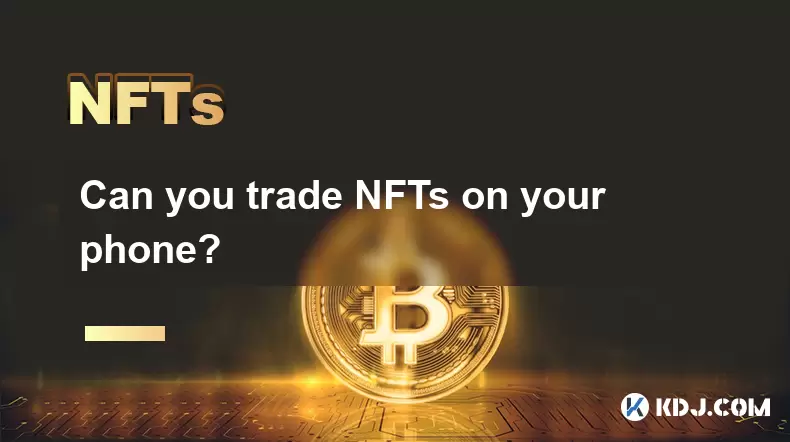
Can you trade NFTs on your phone?
Jul 18,2025 at 04:29am
Trading NFTs on Mobile DevicesYes, you can trade NFTs on your phone, and the process has become increasingly streamlined thanks to a variety of mobile...
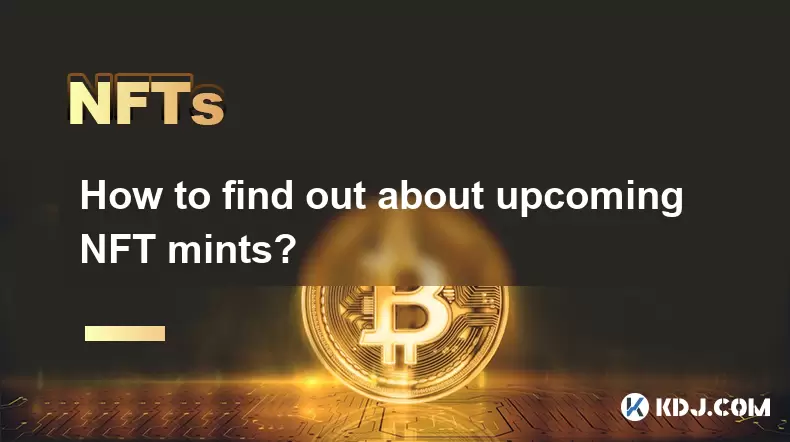
How to find out about upcoming NFT mints?
Jul 18,2025 at 11:50am
Exploring NFT Minting OpportunitiesUnderstanding the landscape of upcoming NFT mints is crucial for collectors, investors, and creators who wish to st...
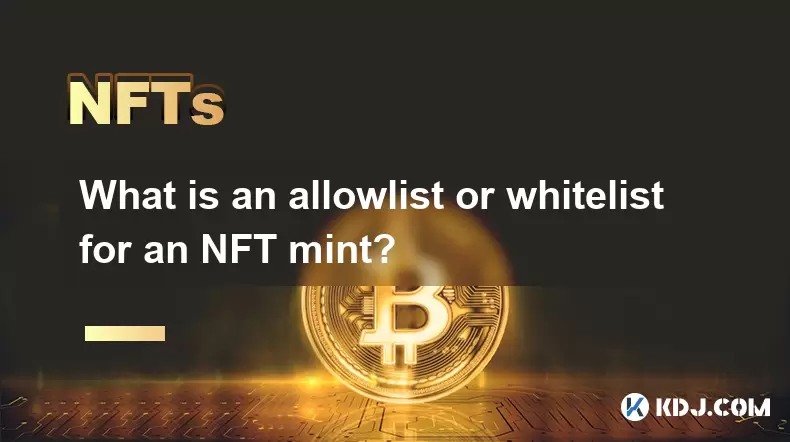
What is an allowlist or whitelist for an NFT mint?
Jul 20,2025 at 07:14pm
Understanding the Concept of an Allowlist for NFT MintingAn allowlist, also commonly referred to as a whitelist, is a mechanism used in the NFT mintin...

Is it possible to get a refund on an NFT?
Jul 21,2025 at 08:35pm
Understanding NFT Transactions and RefundsWhen you purchase an NFT (Non-Fungible Token), the transaction is typically recorded on a blockchain, making...

What happens to NFTs when the owner dies?
Jul 22,2025 at 02:43pm
Legal Ownership and Digital AssetsWhen an individual owns NFTs, the question of what happens to these assets upon their death is a pressing one. NFTs ...

What are the tax implications of gifting an NFT?
Jul 19,2025 at 04:21am
Understanding the Basics of NFT GiftingGifting a Non-Fungible Token (NFT) involves transferring ownership from one individual to another without recei...

Can you trade NFTs on your phone?
Jul 18,2025 at 04:29am
Trading NFTs on Mobile DevicesYes, you can trade NFTs on your phone, and the process has become increasingly streamlined thanks to a variety of mobile...

How to find out about upcoming NFT mints?
Jul 18,2025 at 11:50am
Exploring NFT Minting OpportunitiesUnderstanding the landscape of upcoming NFT mints is crucial for collectors, investors, and creators who wish to st...

What is an allowlist or whitelist for an NFT mint?
Jul 20,2025 at 07:14pm
Understanding the Concept of an Allowlist for NFT MintingAn allowlist, also commonly referred to as a whitelist, is a mechanism used in the NFT mintin...
See all articles

























































































